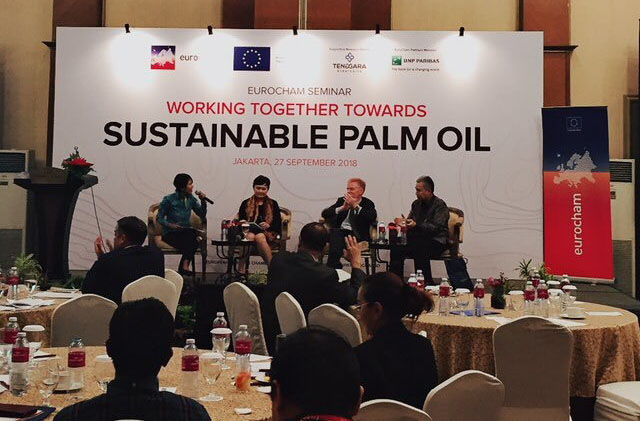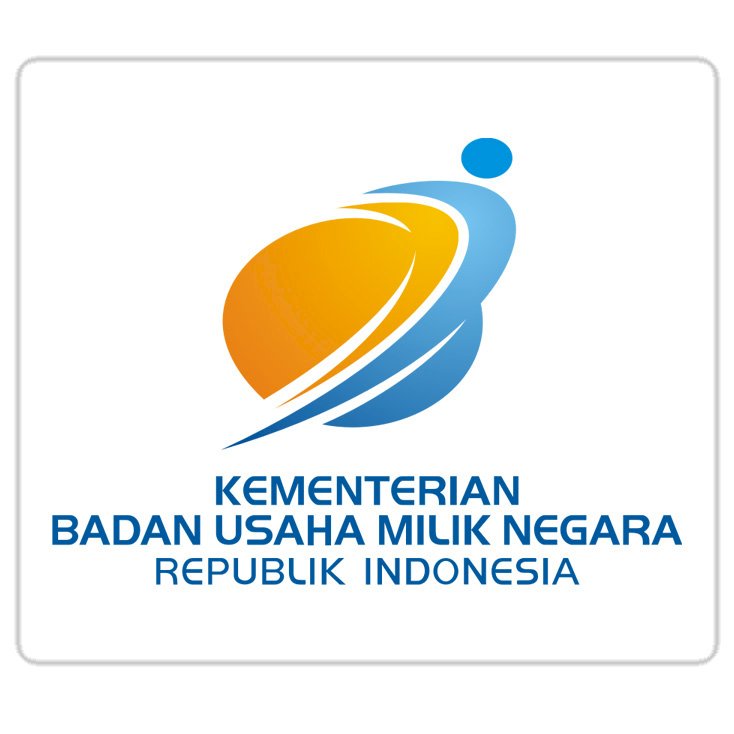Reasons Why Palm Oil Widely Used in Food Applications
PALM oil has turned out to popular product and became the choice for use in processed foods in the world compared to other vegetable oils.

PALM oil has turned out to popular product and became the choice for use in processed foods in the world compared to other vegetable oils. The unique natural characteristic as well as economic value were major factors that encourage people the use palm oil in food applications.
According to Kurt G. Berger, a food technology expert based in the United Kingdom, food manufacturers prefer to use palm oil for many reason. Interviewed by the Oil Palm, Berger said that palm oil-based food had a longer shelf life after packaging, and was also significantly less expensive.
In major research sponsored by the European Union a high oleic acid containing sunflower oil was tested for snack food manufacture. Palm olein was used as the reference standard. Both oils performed well. However, the palm olein product had a longer shelf life, and was also significantly less expensive.
Apart from that, palm oil is semi-solid at ambient temperature, melting at about 35 ºC, when all the other major vegetable oils are liquid. This is due to its content of about 50% saturated acids, mainly palmitic and stearic. Palm oil is also so widely used in food applications in Europe.
Historically, according to Berger, the fats available for food preparation in Europe until the end of the 19th century were primarily animal fat products from the farmyard, i.e. butter, beef fat and lard.
Traditional methods evolved to use these semi-solid fats to prepare cakes, pastry and biscuits. Liquid oils do not function well in these products. With growth in population, fat supplies became inadequate, leading, for instance, to the invention of margarine to replace butter.
Margarine was originally formulated from beef fat. At the beginning of the 20th century, vegetable oils could be imported and technology developed to ‘clean them up’ in the refinery and ‘hydrogenation’ to replace semi-solid animal fat sources.
Palm oil is also more cost effective since It is more economical to produce. Palm oil is produced by simple steaming and pressing, with relatively limited use of expensive solvents for extraction as for other oils. It is also available as a refined oil, requiring at most a mild additional processing before use. It avoids the cost of full refining required for other oils.
Planting palm oil trees is also more cost effective. It has a higher yield per hectare than other vegetable oil and is a perennial crop that is harvested year-round. This high productivity of the oil palm makes the oil profitable at a price that of the other oils. ***




































